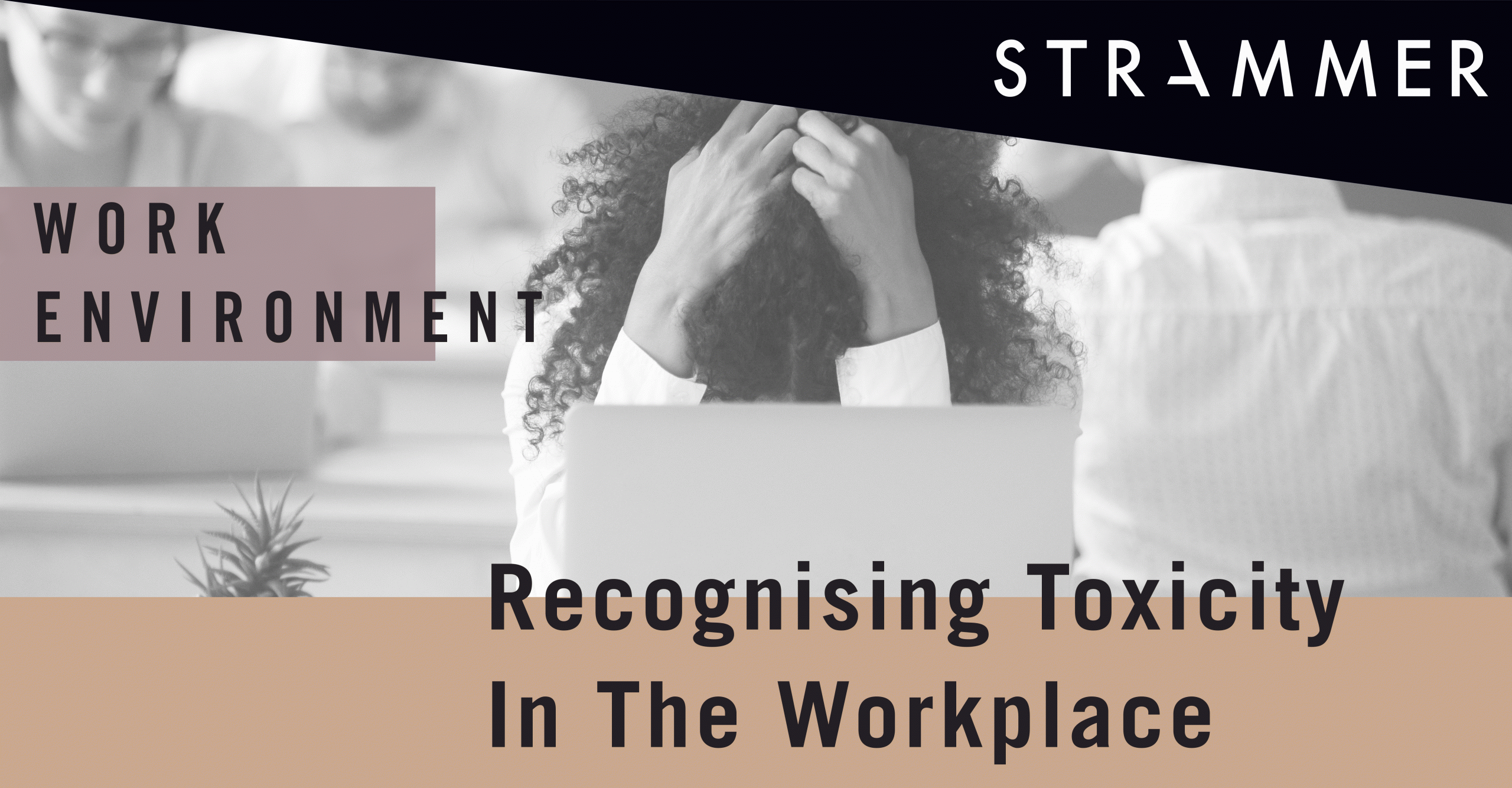Toxic Workplace
Nowadays, burnout and stressful situations are extremely common at work. According to ‘The Workforce View in Europe 2018’ study, one in five European workers suffers from work-related stress. In some cases, this is due to toxic work environments.
Therefore, it is important to know how to identify a toxic workplace. For instance, one of the biggest signs that you are working in one is the fact that you cannot achieve balance between personal and professional life. If you are constantly checking your work emails, working extra hours and feel like you do not have enough time to spend with friends/family, this is an issue and you need to address it.
In addition, poor physical and mental health conditions can also demonstrate toxicity in the workplace. Exhaustion, constant need to sleep, nausea, depression, and lack of motivation are some of the signs. Employees must then set limits on work, for instance by taking breaks, not making extra hours a rule, etc.
Your co-workers can also influence the work environment. If they are unprofessional, complain too much, or even if they are disrespectful, it can make the workplace toxic. The workforce must help each other, be supportive and professional.
On the other hand, toxicity can equally come from the company itself or from managers/leaders. For example, if your employer does not have consistent policies/procedures, verbal abuse, high turnover rates, lack of transparency and impartiality, etc. This can leave workers frustrated and stressed.
Managers and leaders must also be responsible for detecting toxicity cases. Thus, they must be trained in this regard. They can effectively handle these problems, find/adopt solutions and improve the work environment.
Also, as mentioned earlier, it is mandatory for workers to improve their work-life balance by really drawing the line between personal and work time. Find a hobby, develop healthy habits, respect your limits, invest in your personal life, and spend time with loved ones.
Another strategy to avoid workplace toxicity is to establish good working relationship with the workforce and your bosses. Thus, be nice, support/ encourage your colleagues.
In the end, if none of these strategies work and you feel that you are in a toxic workplace, talk to your leaders/managers and allow them to solve problems. However, if it does not work looking for a new job opportunity may be the best thing to do. Continuing will only lead to physical and psychological issues. Furthermore, note that some toxic situations in the workplace concern legal issues, for instance, those related to race, religion, gender, sexual orientation, sexual harassment, etc.
References:
- How to Recognize a Toxic Work Environment and Get Out Alive, March 2019, Psychology Today
- 7 Signs of a Toxic Work Environment, October 2019, Medium





